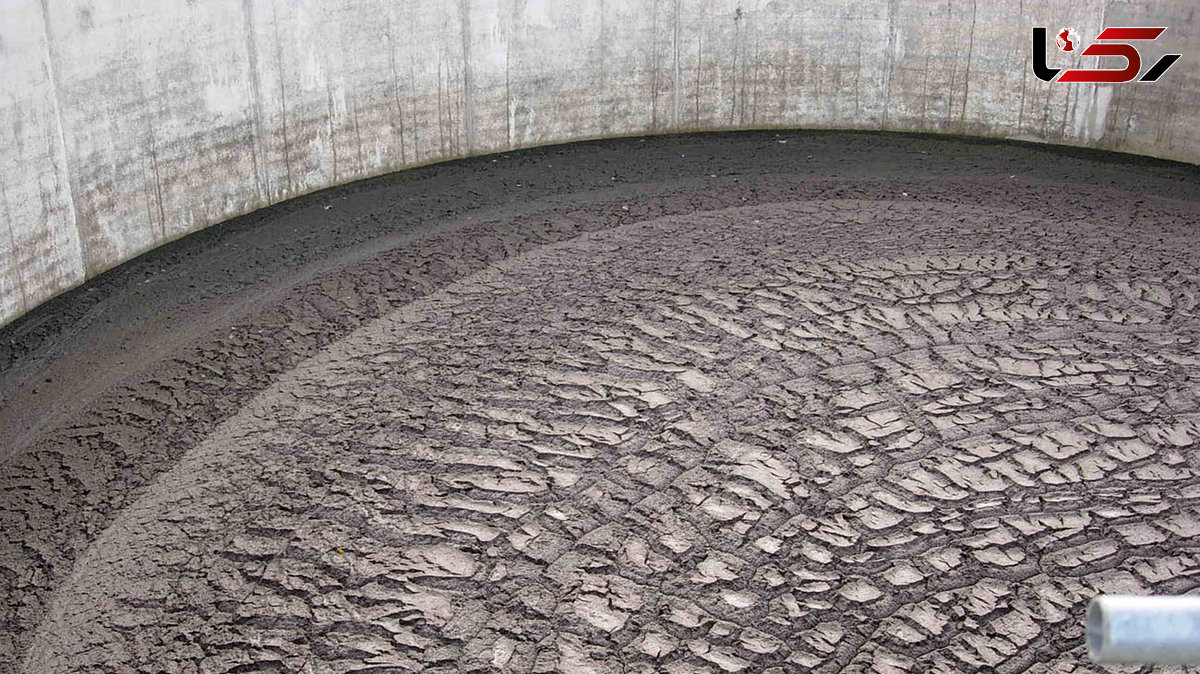Smart Bomb-Resistant Concrete for Nuclear Facilities
Rokna Political Desk:Smart concrete with high resistance to explosions and impacts has revolutionized the construction industry by enhancing the safety and durability of structures, paving the way for a more sustainable future.

Smart concrete refers to a new generation of concrete with superior strength. This video addresses the resistance of this concrete against bombs such as bunker buster bombs.
traditional concretes have limited capacity against explosions and may develop cracks from even the smallest and simplest blasts. Consequently, a structure built on old concrete can easily collapse under vibration, impact, or explosion.
Smart concrete, in fact, denotes a new generation of concrete that, by the addition of special materials, acquires unique properties enabling it to exhibit greater resistance under harsh conditions such as explosions and impacts. For this reason, these concretes are used in the construction of urban shelters, military installations, and even dams. They are primarily employed to reinforce underground structures.
Resistance of Smart Concrete against Bunker Buster Bombs
The new revolution in concretes, which transforms them into smart concretes, endows them with unique characteristics. For example, these concretes have self-healing abilities. This means that if damaged, they can gradually repair themselves over time.
Furthermore, smart concretes can detect their own cracks, enabling them to repair the damage. Additionally, they possess heat conduction capabilities, which can be critically important in cases of explosions and fires.
Ultimately, the high resistance of smart concrete against impact and water is the main factor that can save it in critical conditions.
Unlike many traditional construction materials, smart concrete contributes to improving the safety, durability, and sustainability of structures and, through this path, has the potential to transform the construction industry.
All these factors have resulted in smart concretes demonstrating greater resistance against bombs, including bunker buster bombs.
Most Important Features of Smart Concrete
The foremost and most important feature of smart concrete is its enhanced resistance and greater durability. This increased resistance is due to the addition of materials such as carbon fibers and graphite, which elevate the concrete’s ability to withstand earthquakes and strong winds. Crystalline waterproof concrete also prevents water penetration and protects reinforcement bars in various structures from corrosion.
Damage detection and automatic reporting is another key feature of smart concrete. The materials added to smart concrete can conduct electricity. In fact, in such cases, the concrete functions as a sensor and can quickly identify cracks or deformations. Some types are so advanced that they send crack detection alerts directly to smartphones.
Another feature is self-healing. Smart concretes contain shape-memory polymers. Thus, if a crack or stress occurs in the structure, it automatically returns to its original form, filling the crack.
This capability is highly beneficial for highways and public infrastructure, as it significantly reduces the need for repairs.
Another characteristic of smart concretes is their heat-generating property. These concretes conduct electricity and can, for example, melt ice on roads during winter, eliminating the need for salt spreading and snow removal.
In general, smart concrete has applications in urban, everyday, as well as defense and military sectors. This revolutionary technology has transformed the world of construction.
The above video provides further explanations about the types of smart concrete and details the extent of smart concrete’s resistance to bombs such as bunker buster bombs.
Send Comments